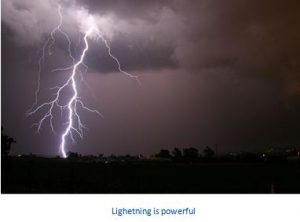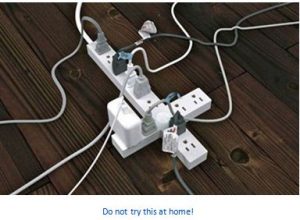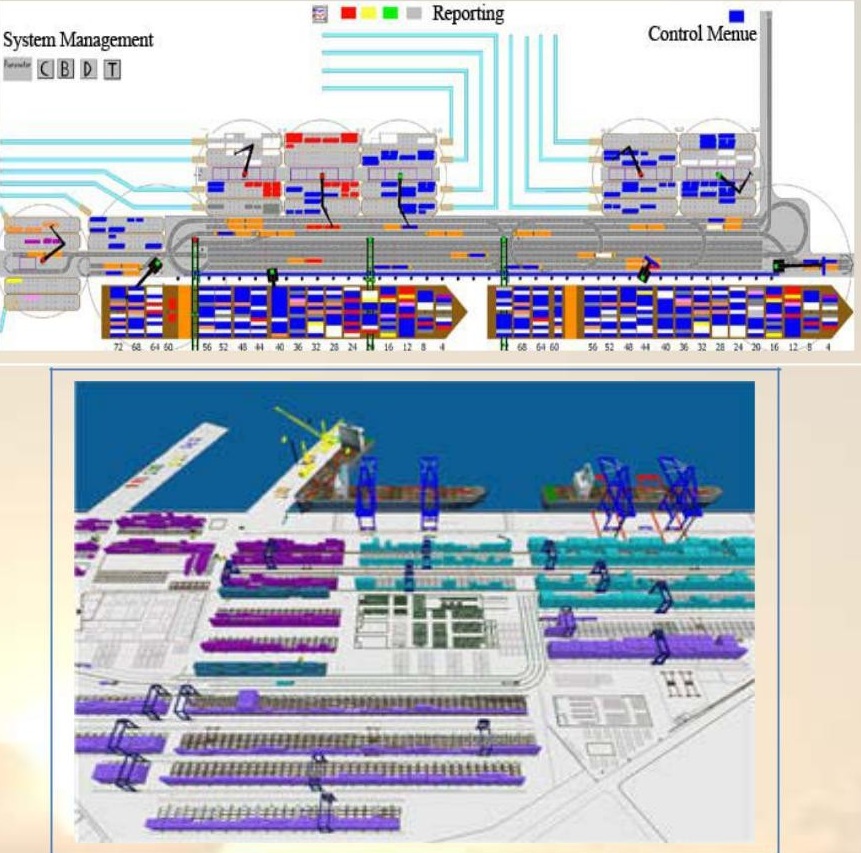By Terry Sovil from the June 2017 Edition
Living in a beautiful spot like Manzanillo is fantastic. The weather here can vary but it is generally sunny and  nice. Or HOT and HUMID. In the past, we talked about expensive personal items like computers, cameras, tablets etc. This time we want to focus on our appliances. There are many problems and no one easy answer as every appliance has different needs. Cost would prevent use of some big, expensive power conditioners. So we’ll talk about some practical options to protect your investments. The only real defense is to unplug all of your devices and appliances before the storm arrives!
nice. Or HOT and HUMID. In the past, we talked about expensive personal items like computers, cameras, tablets etc. This time we want to focus on our appliances. There are many problems and no one easy answer as every appliance has different needs. Cost would prevent use of some big, expensive power conditioners. So we’ll talk about some practical options to protect your investments. The only real defense is to unplug all of your devices and appliances before the storm arrives!
Mexico has some monstrous storms but has other electrical issues as well, with things like:
- Low voltage
- High voltage
- Transient spikes and drops
- Rapid on/off cycling
- Voltage surges
- Lightning
Home
Power lines and phone networks have fairly extensive protection but, even when lighting storms are more than a mile away, they can still cause damage.
 A good place to start is where the electricity enters your home, at the meter. Install some quality lightning arresters just after meter. This can help protect from lightning and current surges. A lightning surge can overwhelm even a good Uninterruptible Power Supply (UPS), voltage transformer, voltage stabilizer or surge suppressor. It also does not stop entrance on phone lines and cable/internet lines. Unplugging your expensive appliances is a good solution but remember it is more than just the electrical cord! Unplug the routers, phones, etc.
A good place to start is where the electricity enters your home, at the meter. Install some quality lightning arresters just after meter. This can help protect from lightning and current surges. A lightning surge can overwhelm even a good Uninterruptible Power Supply (UPS), voltage transformer, voltage stabilizer or surge suppressor. It also does not stop entrance on phone lines and cable/internet lines. Unplugging your expensive appliances is a good solution but remember it is more than just the electrical cord! Unplug the routers, phones, etc.
I read about a Cyber Power CP1500AVRLC, a UPS, with a lot of features and protection against brownouts or total power loss. It shows your current voltage, regulates the voltage and keeps it at a constant 120v. This won’t handle all of your appliances but may work well for computers and TVs. Laptops can still work during a storm if you don’t have it plugged into the a/c (wall socket)
Appliances
Microwaves are very sensitive to power issues. They should be high on your list of items to protect.
Some of the high-power ovens today (1600 watts) will not run on a typical UPS. An entry-level dedicated voltage stabilizer (2000 watts) can be purchased for $75-80 USD. They also offer a bit of spike protection. This combination will also help protect a refrigerator. Older refrigerators, washing machines and dryers, with no electronic controls, probably need no protection. They will work well with voltage spike and surge suppressors that can be purchased for $30-50 USD.
Air conditioners need protection from direct lightning strikes and ants. To protect your unit when a storm is coming, turn off the breakers leading to the unit. Ants use the electrical wiring conduits as highways. Buy some ant powder or boric acid, open the electrical outlet and sprinkle the inside bottom of the outlet.
The TV, stereo and satellite receiver can benefit from some protection, but they are nowhere near as sensitive to power problems as computers or microwave ovens. Since they consume low power, they can be protected with a cheaper UPS ($40-90) or a good (1000 watt) voltage stabilizer ($35). TV’s do NOT like being jolted on and off! This can occur when power is lost at a CFE transformer a brief blackout and then the switch is thrown back on. Sometimes they make 3-4 attempts to slam the switch shut. That makes the power fluctuate wildly.
Power Strips / Surge Suppressors
The actual surge suppression capabilities of the average $10 power strip is nearly useless. You get what you pay for. They are handy at turning a group of items OFF but they really don’t do much to protect your device. If a storm is coming, you can unplug the power strip (not just turn it off).
When buying a surge protector, make sure it:
- Meets UL
- Will continue functioning if damaged by a power
- Protects hot, neutral and ground wires from surges.
Grounding
Grounding is an important consideration. This is the neutral leg (3-prong) area that is not grounded at all, or poorly grounded. This can cause a microwave to explode. You may want to check the important, key outlets to assure they are grounded. Grounding and polarity should be corrected by a good electrician. Often your local electrician won’t have the knowledge or tools to test this. Get a good one!
Protection and Prevention
Quality in what you buy is the key. If cost is no object, I’ve read that Sola, Tripp, Fluke and APC are highly recommended. If you are on a budget, Koblenz may be a good option. If you have a little interest, get a good quality volt meter and learn to use it. Measure voltages at key outlets in your home. Then test the voltage coming out of your protection units. One of the best things you can do is assure you have a good-quality electrician.
Download the full edition or view it online
—
Terry is a founding partner and scuba instructor for Aquatic Sports and Adventures (Deportes y Aventuras Acuáticas) in Manzanillo. A PADI (Professional Association of Dive Instructors) Master Instructor in his 36th year as a PADI Professional. He also holds 15 Specialty Instructor Course ratings. Terry held a US Coast Guard 50-Ton Masters (Captain’s) License. In his past corporate life, he worked in computers from 1973 to 2005 from a computer operator to a project manager for companies including GE Capital Fleet Services and Target. From 2005 to 2008, he developed and oversaw delivery of training to Target’s Loss Prevention (Asset Protection) employees on the West Coast, USA. He led a network of 80+ instructors, evaluated training, performed needs assessments and gathered feedback on the delivery of training, conducted training in Crisis Leadership and Non-Violent Crisis Intervention to Target executives. Independently, he has taught hundreds of hours of skills-based training in American Red Cross CPR, First Aid, SCUBA and sailing and managed a staff of Project Managers at LogicBay in the production of multi-media training and web sites in a fast-paced environment of artists, instructional designers, writers and developers, creating a variety of interactive training and support products for Fortune 1000 companies.





